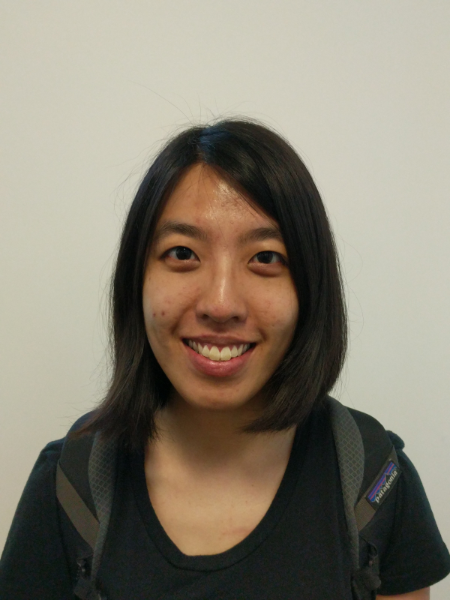
Anna Huang
Anna Huang is a Research Scientist at Google Brain, working on the Magenta project. Her research focuses on designing generative models to make creating music more approachable. She is the creator of Music Transformer and also the ML model Coconet that powered Google’s first AI Doodle the Bach Doodle, in 2 days harmonizing 55 million melodies from users around the world.
She holds a PhD in computer science from Harvard University and was a recipient of the NSF Graduate Research Fellowship. She spent the later parts of her PhD as a visiting research student at the Montreal Institute of Learning Algorithms (MILA), where she also currently co-advises students. She publishes in machine learning, human-computer interaction, and music, at conferences such as ICLR, IUI, CHI, and ISMIR. She is currently an editor for the TISMIR journal's special issue on AI and Music Creativity.
As a composer, she wrote for a cappella, chamber ensembles and orchestra, and also tape and live electronics that was performed on the 40-channel HYDRA loudspeaker orchestra. Recently, she was a judge for the AI Song Contest. She holds a master's in media arts and sciences from the MIT Media Lab, and a dual bachelor's degree in computer science and music composition from University of Southern California. She grew up in Hong Kong, where she learned to play the guzheng.
She holds a PhD in computer science from Harvard University and was a recipient of the NSF Graduate Research Fellowship. She spent the later parts of her PhD as a visiting research student at the Montreal Institute of Learning Algorithms (MILA), where she also currently co-advises students. She publishes in machine learning, human-computer interaction, and music, at conferences such as ICLR, IUI, CHI, and ISMIR. She is currently an editor for the TISMIR journal's special issue on AI and Music Creativity.
As a composer, she wrote for a cappella, chamber ensembles and orchestra, and also tape and live electronics that was performed on the 40-channel HYDRA loudspeaker orchestra. Recently, she was a judge for the AI Song Contest. She holds a master's in media arts and sciences from the MIT Media Lab, and a dual bachelor's degree in computer science and music composition from University of Southern California. She grew up in Hong Kong, where she learned to play the guzheng.
Research Areas
Authored Publications
Sort By
Google
MIDI-DDSP: Hierarchical modeling of music for detailed control
Yusong Wu
Yi Deng
Rigel Jacob Swavely
Kyle Kastner
TIm Cooijmans
Aaron Courville
ICLR 2022 (2022) (to appear)
AI Song Contest: Human-AI Co-Creation in Songwriting
Hendrik Vincent Koops
Ed Newton-Rex
Monica Dinculescu
Proceedings of the 20th International Society for Music Information Retrieval Conference (ISMIR) (2020)
Music Transformer: Generating Music with Long-Term Structure
Ashish Vaswani
Jakob Uszkoreit
Noam Shazeer
Curtis Hawthorne
Matt Hoffman
Monica Dinculescu
ICLR (2019)
Enabling Factorized Piano Music Modeling and Generation with the MAESTRO Dataset
Curtis Hawthorne
Andrew Stasyuk
Sander Dieleman
Erich Elsen
ICLR (2019)
Bach Doodle: Approachable music composition with machine learning at scale
Curtis Hawthorne
Monica Dinculescu
Leon Hong
Jacob Howcroft
Proceedings of the 20th International Society for Music Information Retrieval Conference (ISMIR) (2019)
Visualizing Music Self-Attention
Monica Dinculescu
Ashish Vaswani
NIPS Workshop on Interpretability and Robustness in Audio, Speech, and Language (2018)
Counterpoint by Convolution
Tim Cooijmans
Aaron Courville
Proceedings of ISMIR 2017
